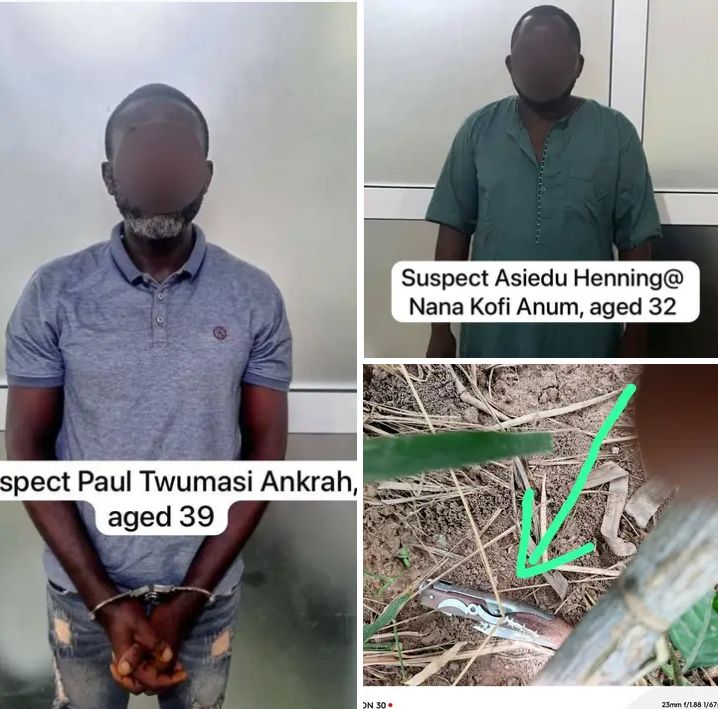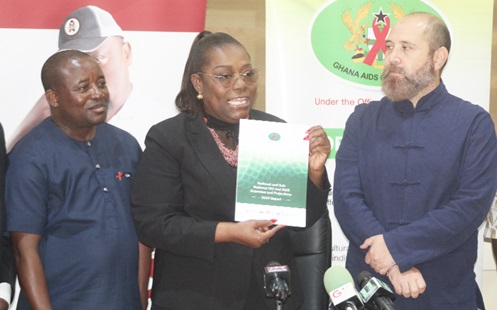A Food and Agriculture Organisation (FAO) study reveals that the livestock sector Greenhouse gas emissions could be cut by as much as 30 per cent through the wider use of existing best practices and technologies.
The report is dubbed: “Tackling climate change through livestock: A global assessment of emissions and mitigation opportunities.”
It represents the most comprehensive estimate made to-date of livestock’s contribution to global warming – as well as the sector’s potential to help tackle the problem.
The report which was made available to the Ghana News Agency on Thursday by George Kourous of the FAO Media Relations in Rome said greenhouse gas (GHG) emissions associated with livestock supply chains add up to 7.1 gigatonnes (GT) of carbon dioxide equivalent (CO2-eq) per year – or 14.5 percent of all human-caused GHG releases.
“The main sources of emissions are: feed production and processing (45 per cent of the total), outputs of GHG during digestion by cows (39 percent) and manure decomposition (10 per cent).
“The remainder is attributable to the processing and transportation of animal products,” the report observed.
To arrive at its estimates, FAO conducted a detailed analysis of GHG emissions at multiple stages of various livestock supply chains, including the production and transport of animal feed, on-farm energy use, emissions from animal digestion and manure decay, as well as post-slaughter transport, refrigeration and packaging of animal products.
By drilling down into where and how emissions occur, the report reveals that significant emission reductions are within the reach of livestock producers.
It said wider adoption of existing best practices and technologies in feeding, health and husbandry, and manure management – as well as greater use of currently underutilised technologies such as bio gas generators and energy-saving devices could help the global livestock sector cut its output of global warming gases as much as 30 per cent, by becoming more efficient and reducing energy waste.
Within livestock production systems, there is a strong link between resource use efficiency and the intensity of GHG emissions, notes the FAO’s report.
It said the potential for achieving emissions reduction lies in enabling all livestock producers to change to practices already being used by the most efficient operators.
“These new findings show that the potential to improve the sector’s environmental performance is significant and that realising that potential is indeed do-able,” says Ren Wang, FAO Assistant Director-General for Agriculture and Consumer Protection.
“These efficiency gains can be achieved by improving practices, and don’t necessitate changing production systems. But we need political will, better policies and most importantly, joint action.
“Many of the actions FAO recommends for improving efficiency and reducing greenhouse gas emissions would also boost production, providing people with more food and higher incomes, with benefits for food security and poverty reduction..
“Toward this end, FAO has engaged with the public and private sector, producers, research and academia, civil society organisations, and inter-governmental organisations to establish The Global Agenda of Action in support of Sustainable Livestock Sector Development,” the report stated.
Source: GhanaWeb









